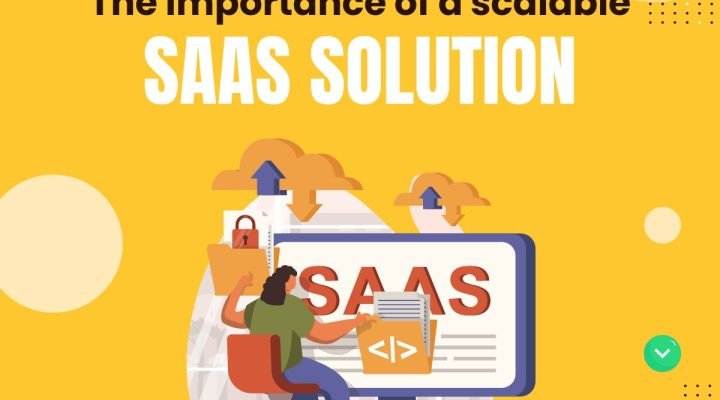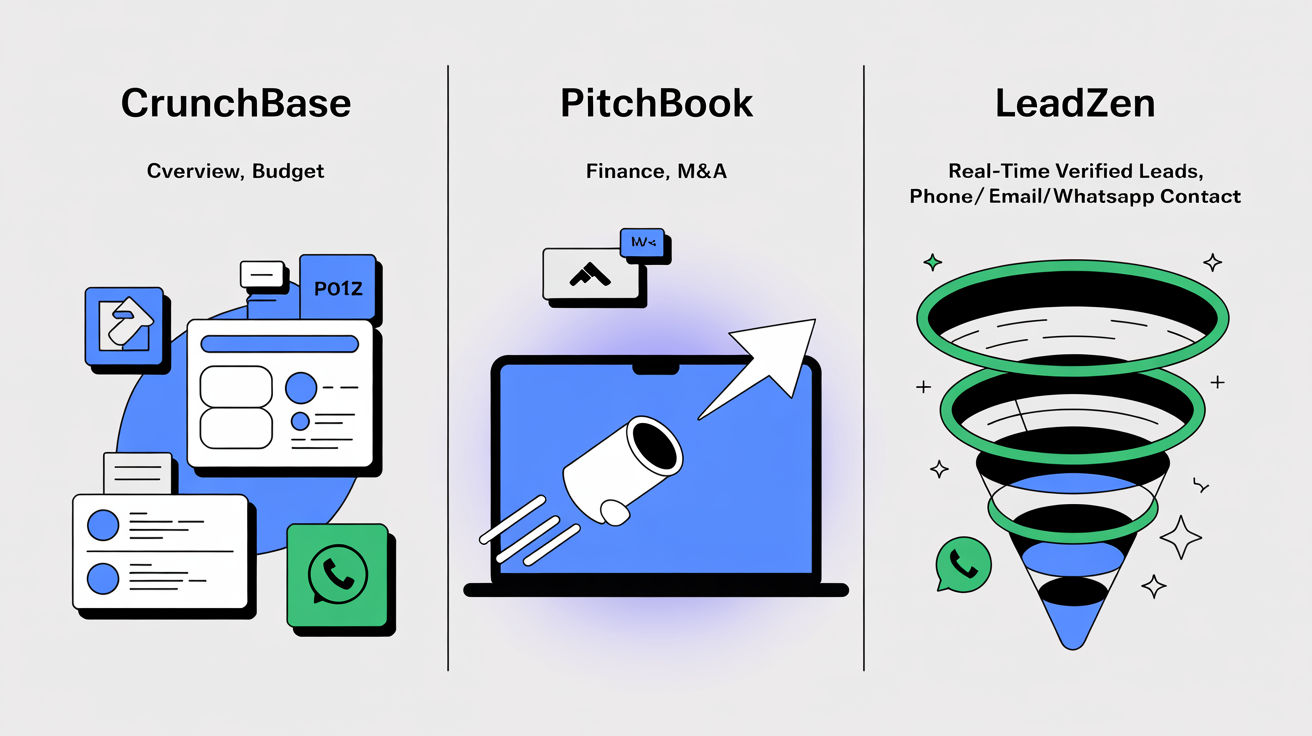Right now, SaaS is a fundamental need for any organization and brand. It is due to the importance of a scalable SaaS solution for your company’s growth. Let’s talk about how it all started.
In the past, enterprise software was the “it” thing which means software had to be installed locally on a device before it could be used. A company that desired a basic electronic memo system had to set up all of the necessary infrastructures locally and install the programs one by one on all of the devices that would be part of the memo network.
Then came cloud computing, which transformed everything. Suddenly, the same office merely needed to employ a web developer to create a messaging app.
This resulted in the birth of cloud computing and Software as a Service (SaaS). This inspired many enterprises to take their businesses to ‘the cloud’.
Let us talk SaaS!
Salesforce likes to define SaaS as, “ Software as a service (or SaaS) is a way of delivering applications over the Internet—as a service. Instead of installing and maintaining software, you simply access it via the Internet, freeing yourself from complex software and hardware management.”
By definition, it moves processing and data storage, and hence the hardware, off-site. Server rooms are increasingly archaic by comparison, as they require near-constant onsite supervision and maintenance.
SaaS is widely regarded as the most critical technology for corporate success. No wonder the SaaS market is expected to be valued at more than $170 billion by the end of 2022 and, over the last seven years, the SaaS industry has grown by over 500%. (explodingtopics)
Because SaaS shifts software management away from the company and onto the SaaS provider, significantly less routine monitoring and maintenance are required.
This means that if a company expands geographically, it won’t have to bother finding and establishing a new server room. They also don’t have to worry about buying more processing power to allow new users to access the software.
Understanding scalability
Scalability is the ability to adjust the size to accommodate a given situation. As a firm grows, the demands placed on it vary. The business has to alter its operations to handle the shift.
Scalability in SaaS refers to the ability to add or reduce computing resources to meet demand. This is a type of adaptability to a circumstance, setting, or condition.
Vertical or horizontal scalability is possible. Vertical, which is a rise in resources to match an increase in demand, or downward, which is a decrease in resources to match a decrease in demand. It can even be diagonal, which is the result of combining vertical and horizontal scaling.
Data-driven organizations are 23 times more likely to attract consumers and 19 times more likely to be profitable, it’s no surprise that the speed of their investments in AI projects is accelerating. (venturebeat)
The Importance Of A Scalable SaaS Solution
Scalability has both long- and short-term benefits. It allows a corporation to buy only what they need right away, rather than every feature that might be useful later.
To begin with, SaaS simplifies software usage as SaaS solutions are never actually owned; they are ever leased. This means it is updated automatically by the program provider.
Organizations don’t have to worry about stragglers or inadvertently booting up the wrong software – and if a new hire comes on board, it’s as simple as extending permissions rather than installing and updating on yet another device.
When the company becomes large enough to warrant the usage of other analytics tools, those data streams can be added to the dashboard rather than forcing the organization to juggle several visualization programs or develop an altogether new system. 70% of CIOs prefer cloud-based SaaS for its agility and scalability. (devsquad)
Building in this manner allows for future development while producing a smaller product that meets current demands without adding complexity. SaaS is delivered and deleted smoothly without becoming an excessively draining project for IT.
Here is the list of benefits of a scalable SaaS solution:
1. Money Benefits
Choosing scalable solutions saves the initial technology investment. Businesses can utilize the same software for a longer period because it was built to grow with them. Additionally, businesses that employ SaaS can bring new capabilities to market more quickly.
Additionally. According to startupbonsai, 95% of workloads will operate in the cloud in the next five years, according to 27% of industry influencers. 20% believe it will happen within the next ten years which saves a lot of workforce to be deployed.
2. Progressive Feature Construction
According to Insider, 86% of firms expect SaaS to meet the majority of their software needs by 2022. It is a potential benefit for SaaS firms to select capabilities that are needed at the beginning and then add features as the demand develops. This lowers startup costs because features that aren’t required aren’t invested in until there is a demand for them.
3. Saves Training Time
As the staff is already accustomed to the UI, so deal with the additional functions Staff won’t require training and just a little encouragement to embrace the updated system. 86% of organizations that adopt SaaS have significantly higher employee engagement. (devsquad)
4. Personalization
Another short-term advantage is the ability to ramp up IT resources during transitory or routine peak periods and then scale back down as they pass. Instead of replacing infrastructure, a corporation may easily grow its cloud capacity to meet demand. This has the added benefit of lowering downtime and reducing the odds of clients contemplating the competitors.
5. Operating Following The Customer Requirements
One of the most significant long-term benefits of SaaS scalability is the ability to increase resources to cater to client growth. It allows the development of features that will be crucial to maintaining clients in the future.
Takeaway – The Importance Of A Scalable SaaS Solution
Today’s industry is heavily reliant on cloud computing, and more businesses will continue to shift fundamental components of their operations to the cloud to take advantage of all the benefits it offers. Furthermore, by 2030, India’s SaaS sector is anticipated to be worth $50 to $70 billion. (startupbonsai) Thus it is safe to say that SaaS has a bright future in India.
Scalability becomes a culture in such a corporate climate, and organizations that cannot attain it fall behind. Technological leaders have proved there are various advantages to seeking decentralized solutions like SaaS, one of the greatest being the capacity to scale more quicker and easier. For those SMBs out there pondering on organizational expansion, SaaS must be recognized as not just a viable but a superior strategy toward reaching this aim.














